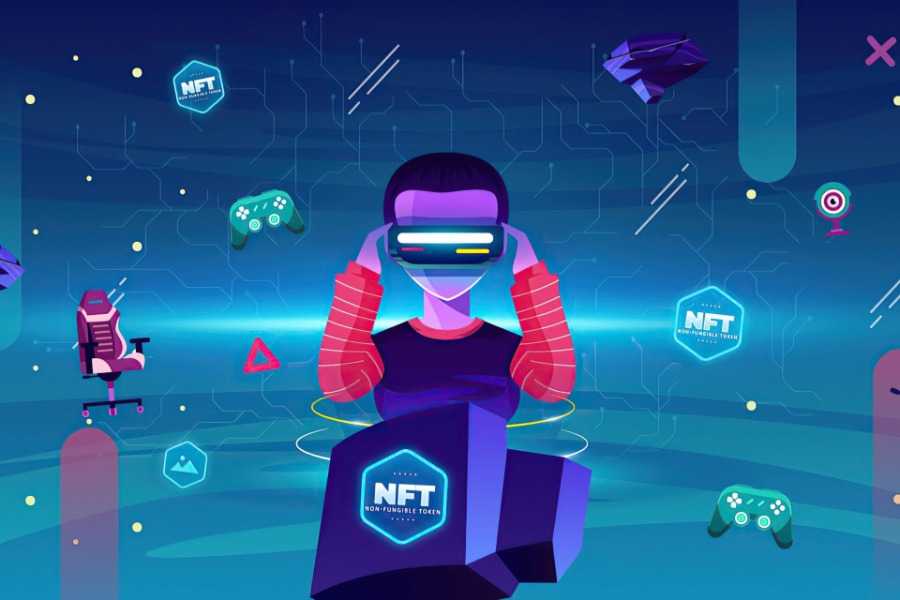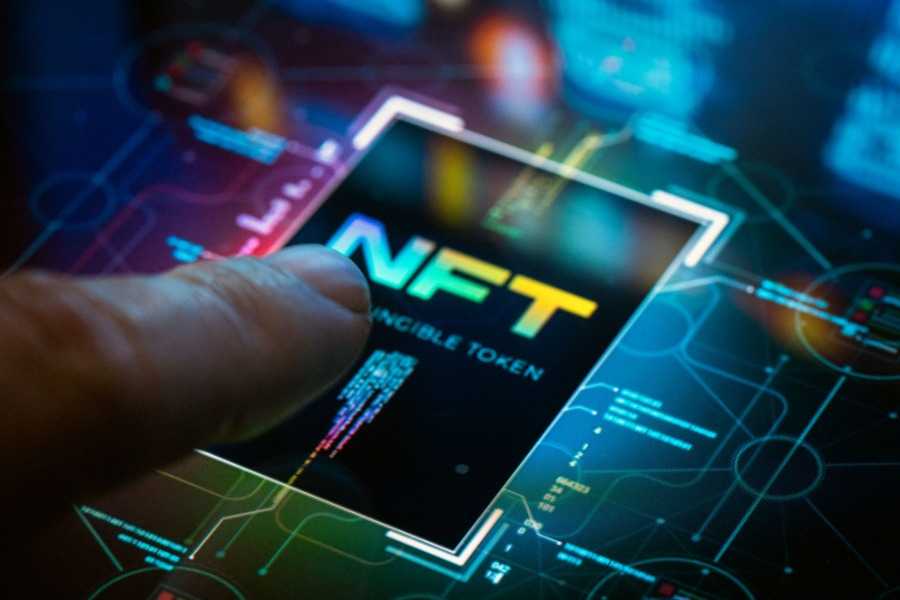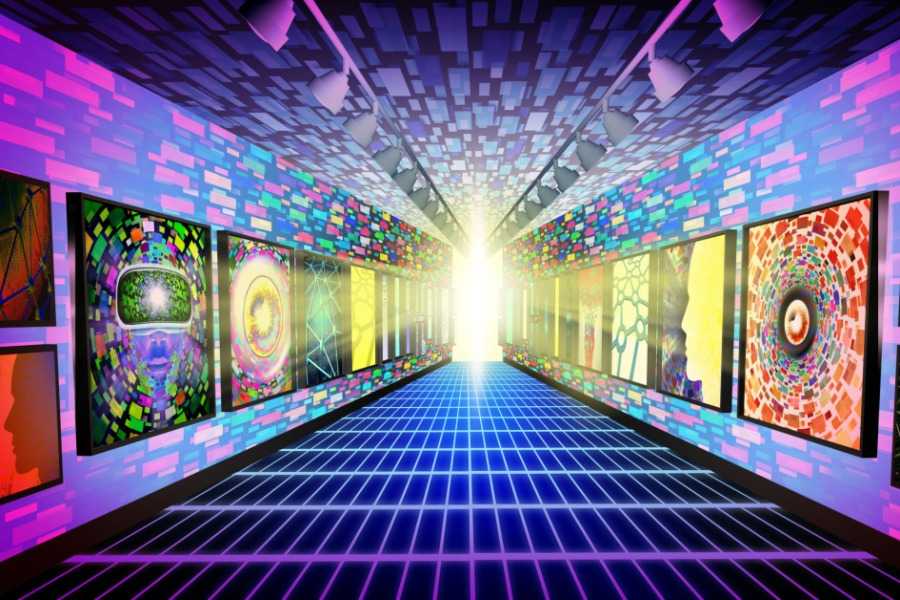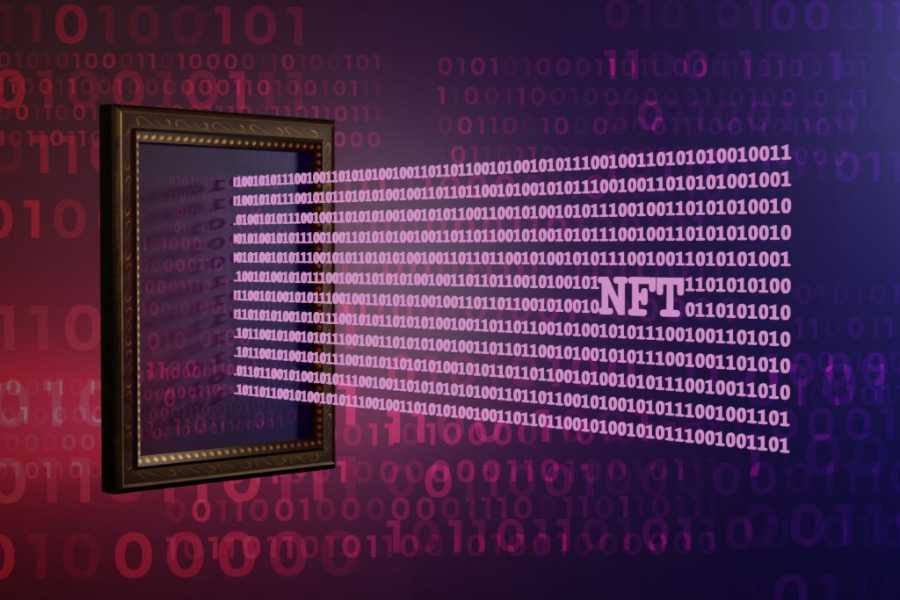
What to Know About NFT?

Table Of Contents
What is NFT? What should a beginner know about NFT?
NFTs, or Non-Fungible Tokens, represent a new class of digital assets. Leveraging blockchain technology, NFTs are unique and cannot be exchanged on a like-for-like basis, unlike cryptocurrencies such as Bitcoin or Ethereum.
This uniqueness, coupled with the ability to authenticate and verify ownership, makes NFTs perfect for tokenizing real-world items like art, real estate, and more.
The Mechanics of NFTs

NFTs operate by harnessing the power of blockchain to assign ownership and verify authenticity. When an NFT is minted, it is assigned a unique digital signature that sets it apart from any other token.
This digital signature, along with other metadata about the token, is stored on the blockchain, providing a transparent and immutable record of ownership.
Most NFTs are built on the Ethereum blockchain, using the ERC-721 standard for tokens. This standard allows for the creation of tokens with unique attributes, making them ideal for representing ownership of unique items.
The Intricacies of NFT Valuation

The value of an NFT is largely subjective and is determined by what someone is willing to pay for it. Factors that can influence an NFT’s value include its uniqueness, the demand for it, and who has owned it.
For example, an NFT representing a piece of art by a well-known artist may be worth more than an NFT representing a piece of art by an unknown artist.
NFTs have gained significant media exposure and have been embraced by artists, musicians, and content creators as a new way to monetize their work.
For example, Twitter CEO Jack Dorsey sold his first-ever tweet as an NFT for over $2.9 million, and digital artist Beeple sold an NFT artwork for a staggering $69 million.
The Ripple Effect of NFTs on the Art World and Beyond

NFTs have had a significant impact on the art world, providing artists with a new way to sell their work and maintain control over their intellectual property. They have also created new opportunities for collectors and investors.
However, the potential applications of NFTs extend far beyond the art world. They could be used to represent ownership of a wide range of assets, from real estate to intellectual property rights.
Some experts even predict that NFTs could play a key role in the development of the “metaverse” - a virtual reality space where users can interact with a computer-generated environment and other users.
The Environmental Considerations of NFTs

While NFTs have many potential benefits, they also have a significant environmental impact. The creation and transaction of NFTs require a lot of computational power, which in turn requires a lot of energy. This energy consumption is primarily due to the process known as “mining,” where powerful computers perform complex calculations to secure the blockchain network and validate transactions.
Currently, most of the energy used in these processes comes from fossil fuels, which are known to have detrimental effects on the environment. The carbon footprint of NFTs, therefore, is a growing concern. The energy consumption of blockchain networks like Ethereum, which hosts most NFTs, is comparable to some small countries. This has led to criticism from environmentalists and has sparked a debate about the environmental sustainability of NFTs and blockchain technology in general.
Furthermore, the environmental impact of NFTs is not just limited to energy consumption. The production of the hardware used in mining also has a significant environmental footprint. This includes the extraction of raw materials, the manufacturing process, and the electronic waste produced when these devices are discarded.
In response to these concerns, some within the blockchain industry are exploring more energy-efficient methods of securing blockchain networks, such as proof of stake (PoS) consensus mechanisms. Additionally, there are ongoing efforts to source renewable energy for mining operations, but these solutions are still in their early stages.
Gazing into the Future of NFTs

While the NFT market is currently experiencing a boom, it’s important to note that like any new technology, it may go through a period of hype and speculation before it matures. However, the underlying technology and the potential applications of NFTs suggest that they are more than just a passing trend.
As we continue to digitize more aspects of our lives, the demand for a way to verify digital ownership and authenticity will likely increase.
NFTs, with their ability to represent unique digital and real-world items on the blockchain, are well-positioned to meet this demand.
Conclusion
In conclusion, NFTs represent a significant shift in how we think about ownership and value in the digital age.
Whether you’re an artist looking to monetize your work, an investor interested in new asset classes, or simply a tech enthusiast eager to keep up with the latest trends, understanding NFTs is essential.
Tags
Share
Related Posts




Quick Links
Legal Stuff

